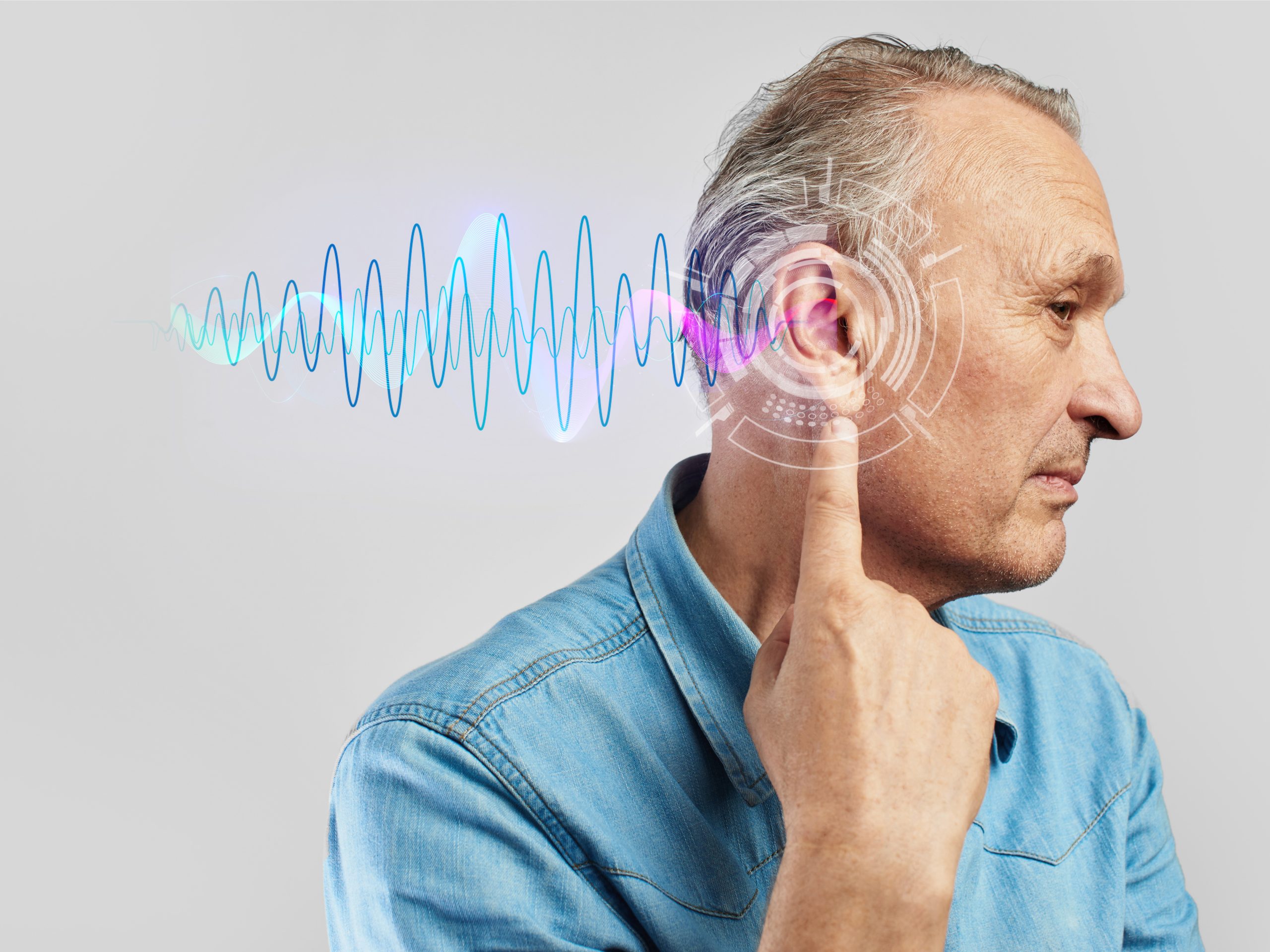

Tinnitus, or the ringing, buzzing, or hissing sound of silence, can be mildly irritating in some people and completely debilitating in others. Tinnitus affects up to 15% of individuals in the United States, with over 40% of those suffering from the illness on a long-term basis and actively seeking Tinnitus treatment.
A recent study from the University of Michigan’s Kresge Hearing Research Institute reveals that alleviation may be achievable.
Susan Shore, Ph.D., of Michigan Medicine’s Department of Otolaryngology and the University of Michigan’s Departments of Physiology and Biomedical Engineering, led research on how the brain processes bi-sensory information and how these processes can be harnessed for personalized stimulation to tinnitus treatment.
Her team’s findings were reported in JAMA Network Open.
The study, a double-blind, randomized clinical trial, enrolled 99 people with somatic tinnitus, a type of the disorder in which motions such as clenching the jaw or applying pressure to the forehead cause a perceptible shift in the pitch or loudness of experienced sounds. The somatic form is experienced by over 70% of tinnitus patients.
Candidates with painful, somatic tinnitus and normal-to-moderate hearing loss were qualified to enroll, according to Shore.
“After enrollment, participants received a portable device developed and manufactured by in2being, LLC, for in-home use,” she said. “The devices were programmed to present each participant’s personal tinnitus spectrum, which was combined with electrical stimulation to form a bi-sensory stimulus, while maintaining participant and study team blinding.”
Participants in the study were randomly allocated to one of two groups. The first group underwent bi-sensory (active) treatment initially, followed by sound-only (control) treatment.
Participants were instructed to use their gadgets for 30 minutes per day for the first six weeks. The following six weeks provided a break from daily use, followed by six weeks of the medication not received at the start of the trial.
Each week, participants completed the Tinnitus Functional Index, or TFI, and Tinnitus Handicap Inventory, or THI, which are questionnaires that assess the impact of tinnitus on people’s life. During this period, participants’ tinnitus loudness was also examined.
The researchers discovered that after receiving the bi-sensory treatment, subjects consistently reported enhanced quality of life, reduced handicap scores, and significant reductions in tinnitus loudness. These benefits, however, were not observed when merely auditory stimulation was used.
Furthermore, after six weeks of active therapy, but not control treatment, more than 60% of individuals reported considerably reduced tinnitus symptoms. This is similar with an earlier study by Shore’s group, which found that the longer patients got active therapy, the more their tinnitus symptoms improved.
This study paves the way for the use of personalized, bi-sensory stimulation as an effective tinnitus treatment, providing hope for millions of tinnitus sufferers,” said Shore.
more recommended stories
 Pelvic Floor Disorders: Treatable Yet Often Ignored
Pelvic Floor Disorders: Treatable Yet Often IgnoredKey Takeaways (Quick Summary) Pelvic floor.
 Urine-Based microRNA Aging Clock Predicts Biological Age
Urine-Based microRNA Aging Clock Predicts Biological AgeKey Takeaways (Quick Summary) Researchers developed.
 Circadian Control of Neutrophils in Myocardial Infarction
Circadian Control of Neutrophils in Myocardial InfarctionKey Takeaways for HCPs Neutrophil activity.
 E-Cigarette Use and Heart Attack Risk in Former Smokers
E-Cigarette Use and Heart Attack Risk in Former SmokersKey Takeaways for Clinicians and Nurses.
 36-Week Pre-eclampsia Screening May Reduce Term Risk
36-Week Pre-eclampsia Screening May Reduce Term RiskA New Preventive Strategy for Term.
 Cardiovascular Risk and Sudden Cardiac Death in Diabetes
Cardiovascular Risk and Sudden Cardiac Death in DiabetesRising Sudden Cardiac Death (SCD) Risk.
 Poor Kidney Function and Alzheimer’s Biomarkers Explained
Poor Kidney Function and Alzheimer’s Biomarkers ExplainedPoor kidney function may influence levels.
 Walking Speed Before Hip Replacement Predicts Recovery
Walking Speed Before Hip Replacement Predicts RecoveryNew Evidence Points to a Simple,.
 Neuroblastoma Drug Combo Extends Survival in Models
Neuroblastoma Drug Combo Extends Survival in ModelsA Promising Shift in High-Risk Neuroblastoma.
 How Soybean Oil Impacts Weight Gain and Metabolism
How Soybean Oil Impacts Weight Gain and MetabolismWhy Soybean Oil May Affect Metabolism.

Leave a Comment